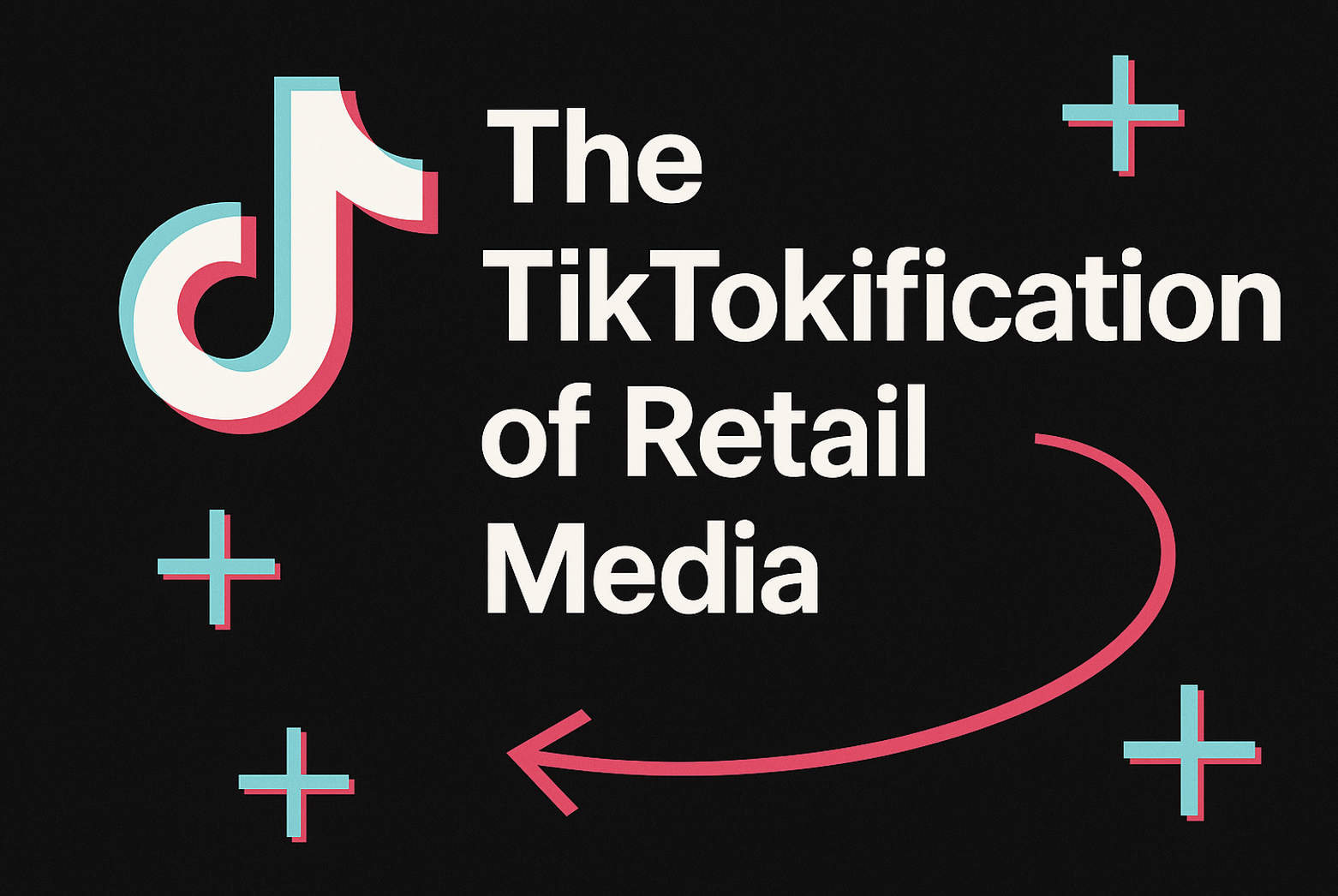In a few short months, the coronavirus pandemic has reshaped the retail industry, with Europe’s grocery sector at the forefront. While shopping was seriously curtailed by lockdowns and fear, people still had to eat – and the grocery sector had to adapt.
What challenges has the grocery sector faced in the past few months and how have its members across Europe faced up to these changes?
Changing habits
The biggest challenge that grocers have faced has been the abrupt change in consumer shopping habits. With all bar essential stores shut and many consumers afraid to head to the supermarket to buy food, delivery slots were rapidly snapped up.
RetailX data shows that from the second half of March until the end of April, between 72% and 85% of the European grocers analysed were offering no delivery slots at all. During March, around a quarter of European grocery retailers completely suspended deliveries due to unprecedented demand. Sainsbury’s, Carrefour and Mercadona were among many that stopped delivery entirely due to over-demand.
The data shows that from mid-April, the number of suspended services dropped dramatically, getting back to normal by the beginning of May – but in June, 15% of retailers were offering no delivery slots. This is in part due to increased use as shoppers continue to stay away from physical retail, but also due to the those looking for ‘weekend’ deliveries forced into the week following their desired delivery date and eating up early-weekday slots too.
Panic at the supermarket
Panic buying had an impact on grocery operations both online and in-store. As the pandemic wave broke over Europe, shoppers stripped the shelves, forcing retailers to limit the amount of some items that shoppers could buy.
This limiting peaked in May, when almost a third of Europe’s grocery retailers were limiting key items such as milk, bread, canned foods, frozen foods, toilet paper and medicines. These limits were almost completely eliminated by late June, as panic buying ended and supply had more than caught up with demand.
However, 65% of retailers were still limiting toilet paper and 58% over-the-counter medicines by the end of June.
Meeting demand
Retailers responded to these delays in a number of ways. By mid-April, nearly 60% of retailers were putting up website banners advising of delays to deliveries, with around a fifth by mid-May outlining that they were prioritising the vulnerable, further delaying deliveries and removing delivery slots for the general population.
Virtual queues were employed by a minority (4%) of grocers up until the first half of April as a way of coping with demand, leading to late-night online grocery shopping experiences for many.
In the UK, Ocado prioritised access for existing customers, while Tesco and then Waitrose prioritised vulnerable groups in-store and online.
Carrefour, DIA and Lidl, meanwhile, brought forward expansion plans, rapidly extending their available range of online goods by adopting a marketplace model to sell third-party goods and looking at new partnerships to aid delivery.
Carrerfour’s French site is adding some 100,000 new products through its marketplace, sourcing from 100 different retailers and brands. The retailer has also teamed up with Uber to rapidly expand its delivery capability in Paris – with plans to roll out the plan across the country in the coming months.
Meanwhile, Schwartz Group, owner of Lidl, has acquired the German marketplace Real.de to extend its online offering of both general goods and grocery, Real.de having an extensive online grocery business in Germany.
Spanish supermarket group DIA took a slightly different tack, partnering with on-demand shopping app Glovo and converting its stores to warehouses. The company has converted 11 of its stores in major cities including Madrid, Barcelona, Cadiz, Seville and Malaga into locations for preparing online orders and it has hired an additional 1,000 people as pickers and delivery drivers.
European retailers are now viewing ecommerce as a much more central plank of their strategy than they did pre-pandemic. Both Carrefour and Lidl had eyes on gentle expansion of ecommerce before Covid-19, but those plans were rapidly moved on by consumer demand for online. There is likely to be more of this to come across Europe as retailers look to find quick ways to deliver ecommerce.
The German ecommerce market, in particular, has had a radical boost from the pandemic. Despite rapid year-on-year growth, online grocery in Germany in 2018 accounted for just 0.88% of total grocery shopping, turning over some €1.36 billion. However, the pandemic has accelerated its move online. According to the German ecommerce association BEVH, online food retail sales grew 126.8% in April compared to the same time last year.
The next challenge will be how retailers respond to a second round of changes at some point over the summer when people go back to work. With social distancing likely to continue, the pressure on physical retail of getting twice the amount of people into half the space will continue to drive online sales. Will what retailers currently have in place for the lockdown continue to work?
Double-edged sword
Another less well documented challenge that European grocery retailers have faced in the rapidly evolving pandemic world is that, while sales online may have rocketed up, it is something of a double-edged sword. Early adopters who were already avid users of online grocery will have suddenly found that it is difficult if not impossible to get a delivery slot. Early adopters, meanwhile, will have signed-up and found that they too can’t get a delivery slot: a bad experience all round.
Persuading both to stay with them is a problem that continues to haunt the sector. As demand has grown, so investment in new warehousing, using stores for ship-from-store, curb-side pickup and a raft of new delivery drivers and trucks has increased. Making sure that customers stick around to use them may be a problem.
Right now, there is still an overwhelming demand for online grocery, even as the pandemic dies down. A second wave could also drive up demand in the winter. For now, retailers need to focus on making delivery as slick as possible, make sure slots are available and slowly look at removing limits.
Offering frequent shoppers or loyalty card holders preferential access can also help, as can looking at new and inventive ways of managing delivery. Morrison’s, for example, has teamed up with Deliveroo to offer delivery on essentials within two hours in some locations.
Discounting, too, is likely to play a key role in trying to keep customers onboard. Research by BounceX in June showed that, while online accounted for 62% of retail spend during the lockdown in the UK, with conversion rates up by 11%, revenues actually fell by 7% due to the heavy discounting needed to bring in customers.
Future of grocery
How grocery retailers manage all this change – as well as the impact of poor experience through lack of delivery slots – is already starting to determine what the future of grocery will look like.
Making sure that delivery demand – and to some extent click and collect, the next best option for those conscious of social distancing – can be met and customer expectations managed is going to drive grocery strategy for sometime to come.
Waitrose in the UK, for example, has opened a fourth distribution centre in London, which it hopes will offer four-times as many delivery slots by the time it is fully opened in December. It has also increased its Rapid service to 7000 orders a week.
The ship from store model is also likely to have an impact on European grocers going forward. As we have seen, Carrefour and DIA are both looking to use their stores as distribution centres and this model is likely to expand across other retail sectors.
Coming the other way, online pureplays are likely to look at how to leverage stores of allied retailers to drive ship-from-store models: something of mutual benefit to both, as footfall is likely to stay low.
Smaller and more local grocers are also turning to ecommerce, with several tech solutions coming into play to allow these smaller retailers to essentially use their stores to carry out ecommerce.
To deal with the changing demand, Grocemania, an app-based delivery service for the convenience grocery sector, is to expand across the UK as demand for food delivery from small local stores grows.
The on-demand grocery delivery, which launched in 2017 in London, enables shoppers to get groceries delivered to their door by courier, on the same day that they order, from their local convenience store.
Meanwhile, Kooomo’s Pick and Pack app has been developed to improve the online shopping experience for both retailers and customers and will be especially useful for eGrocery retailers struggling to cope with the recent surges in demand.
All told, the pandemic has had a monumental impact on retail and will continue to do so for the years ahead. It has accelerated the inevitable move to ecommerce and for grocery retailers across the continent this has forced their hand into new partnerships, new technology and new ways of doing things. The frightening thing is this is only just the start.
This feature first appeared in the RetailX Europe Top1000 Report 2020, published in association with Tealium. Click here to download the report, which includes a list of the Top1000 multichannel and ecommerce retailers in Europe. Click here to find out more about the RetailX series of research reports.








